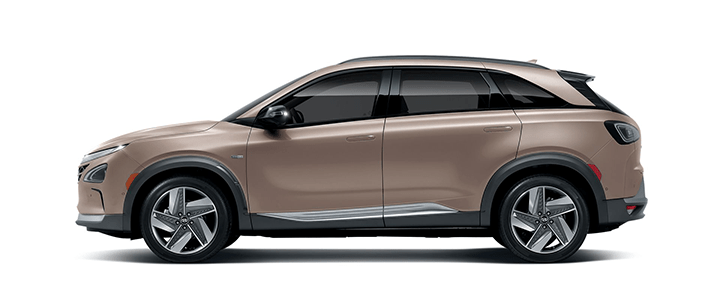Overview of EV Charging Options
Electric vehicle (EV) charging is a fundamental aspect of owning an electric car. Understanding the available charging options can help drivers make informed decisions about their needs. The three main types of EV chargers are:
- Level 1 Charging Uses a Household Outlet: Utilizes a standard household outlet. It’s the slowest but most accessible option.
- Level 2 Charging: Requires a dedicated charging unit, offering faster charging suitable for home and workplace setups.
- DC Fast Charging at Public Stations: Found at public charging stations, it delivers rapid charging, ideal for long-distance travel.
How Charging Speeds Vary by Charger Type
Charging times differ significantly across the different charger types. Here’s a breakdown of each:
- Level 1 Charging Speed: Adds about 3-5 miles of range per hour.
- How Quickly Does Level 2 Charging Work? Adds 10-60 miles of range per hour, depending on the vehicle and charger capacity.
- DC Fast Charging: Can charge an EV to 80% in 30 minutes or less for most models.

Charging Costs: Home vs. Public Stations
The cost to charge your EV depends on where and how you charge. Here’s a comparison of the costs for home and public charging:
- Home Charging: Typically costs between $0.10 to $0.20 per kWh, translating to around $5-$15 for a full charge, depending on battery size and local electricity rates.
- Public Charging: Prices vary widely. Level 2 public chargers may cost $0.20-$0.30 per kWh, while DC fast chargers often charge $0.35-$0.50 per kWh or have session fees.
Some public charging networks provide membership or subscription discounts, which can help lower the cost for regular users.
Tips for Efficient and Cost-Effective Charging
Want to save on charging costs and increase efficiency? Here are some helpful tips:
- Charge during off-peak hours when electricity rates are lower.
- Install a Level 2 charger at home for faster and more convenient charging.
- Take advantage of free public charging stations where available.
- Monitor your EV’s charging schedule using mobile apps for optimal energy use.